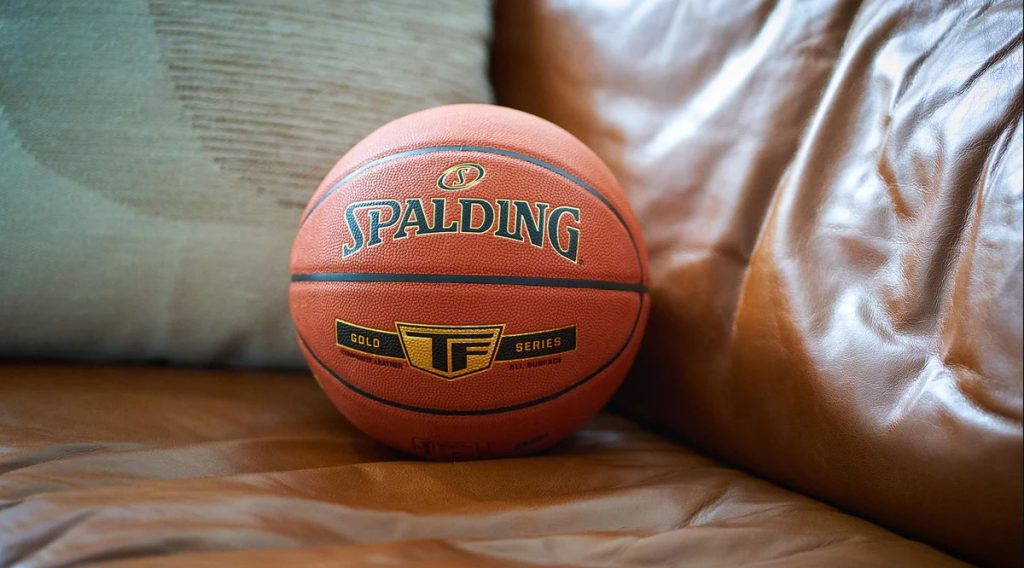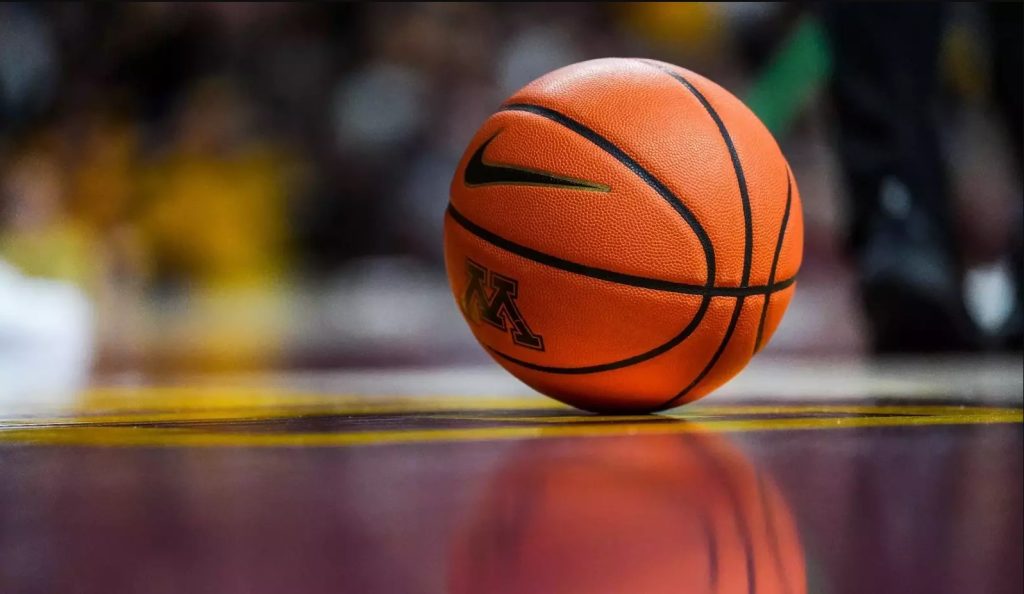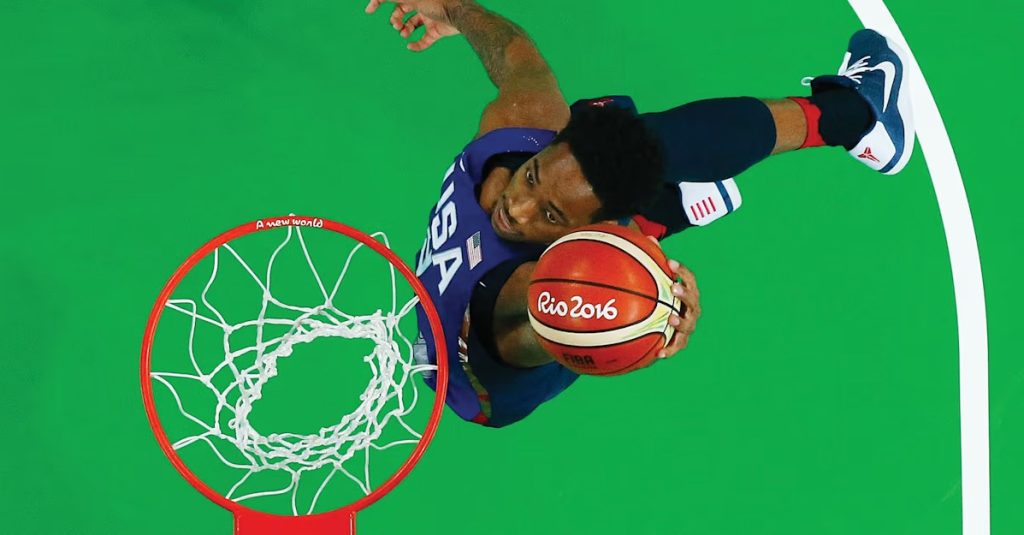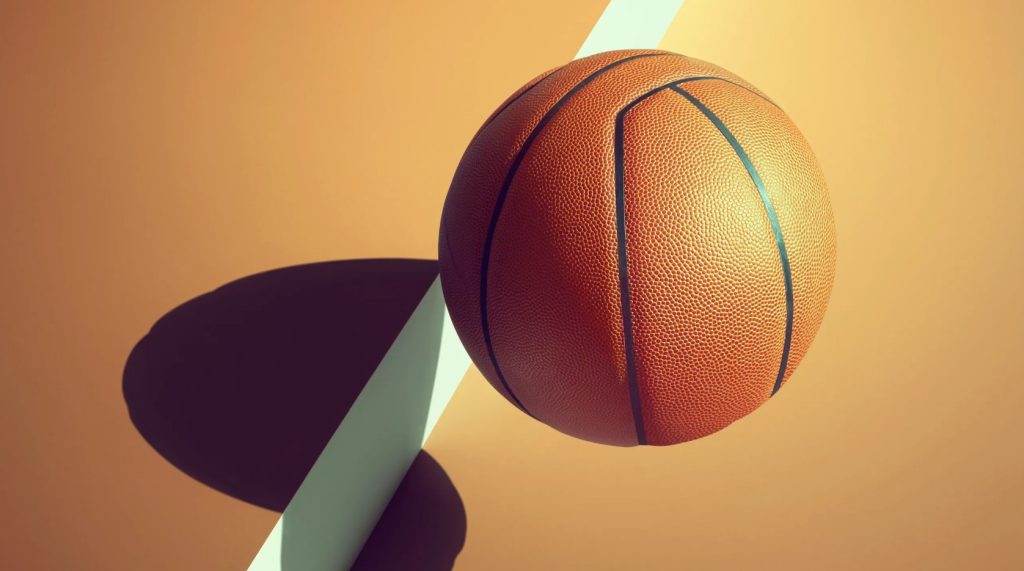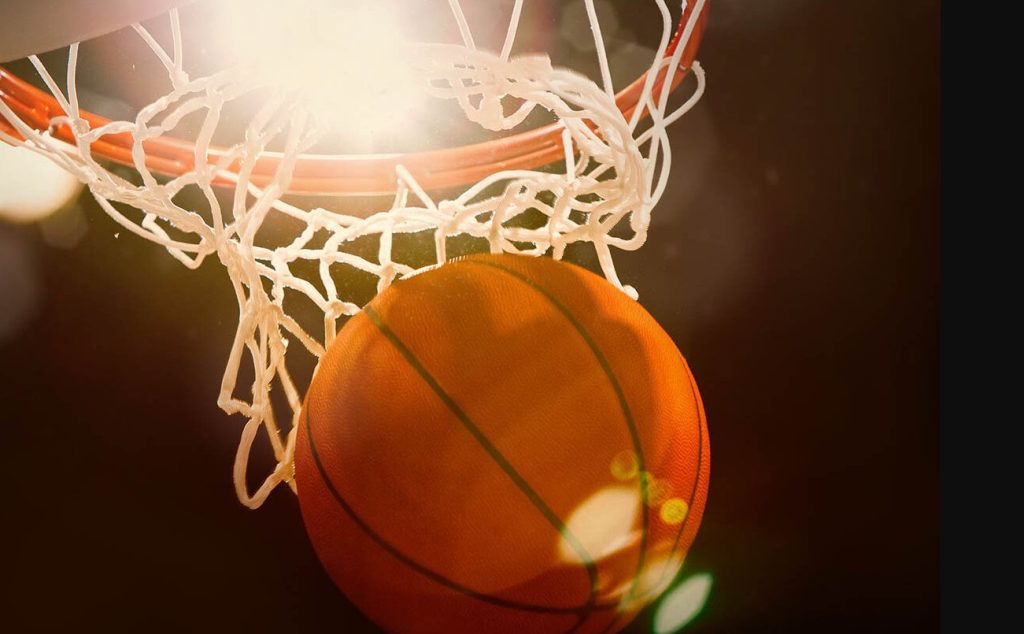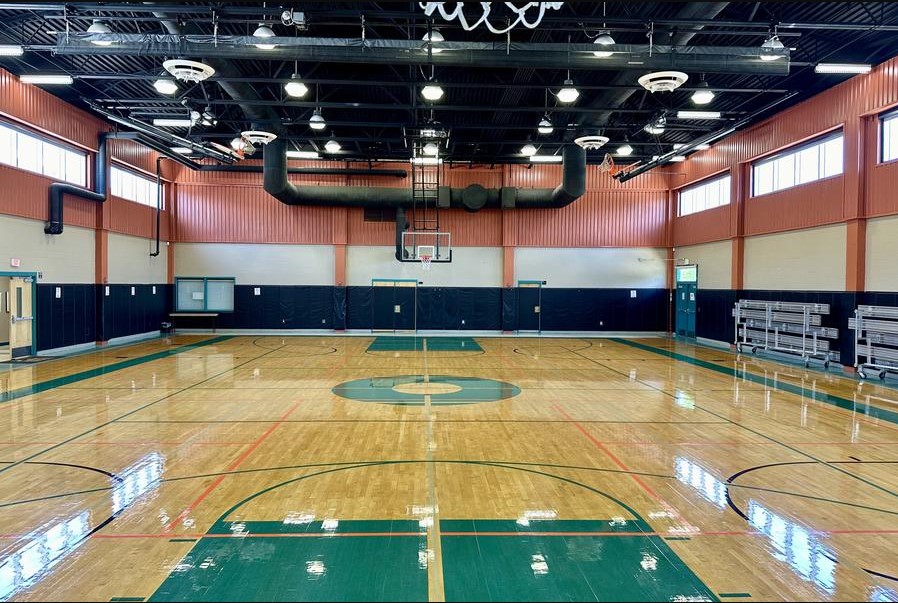Where Did Muay Thai Originate?
Muay Thai, known as the “Art of Eight Limbs,” is more than just a combat sport. It is a cultural cornerstone of Thailand, with roots stretching back centuries. The origins of Muay Thai are intertwined with the history, warfare, and spiritual traditions of the Thai people. Today, it is one of the most respected and practiced martial arts in the world.

Table of Contents
But how did this fierce and beautiful fighting style come into existence? To understand Muay Thai’s origins, we must dive into the historical, cultural, and geographical journey of Thailand itself.
Historical Background
It evolved from ancient battlefield tactics used by Siamese warriors. In times of war, especially during the Sukhothai and Ayutthaya kingdoms (13th–18th centuries), soldiers trained in unarmed combat techniques in case they lost their weapons. These techniques became known as Muay Boran, which is the precursor to modern Muay Thai.
Key Historical Eras of Development
| Era | Time Period | Significance |
|---|---|---|
| Sukhothai | 1238–1438 | Muay Boran began forming as a fighting system. |
| Ayutthaya | 1350–1767 | Widespread military use; popularized among the public. |
| Thonburi | 1767–1782 | Brief but vital period of cultural preservation after Burmese invasions. |
| Rattanakosin | 1782–1932 (present) | Transitioned into sport form; kings promoted it; introduction of rules. |
Muay Boran: The Ancestor of this

Muay Boran, meaning “ancient boxing,” was used by soldiers in hand-to-hand combat and training. Unlike modern Muay Thai, Muay Boran was more brutal and unregulated. Different regions in Thailand had their own variations, which were later unified under the broader Muay Thai style.
Regional Styles of Muay Boran
| Region | Style Name | Characteristics |
|---|---|---|
| Central Thailand | Muay Chaiya | Emphasis on defense and counterattacks. |
| Northeast (Isan) | Muay Korat | Powerful punches and strong physical conditioning. |
| North Thailand | Muay Lanna | Strong clinching and grappling techniques. |
| South Thailand | Muay Thasao | Quick movements, agility, and high kicking. |
This in the Royal Courts
During the reign of King Naresuan (1590–1605) and later King Prachao Sua (Tiger King) in the early 1700s, Muay Thai grew popular among Thai royalty. King Prachao Sua was a practitioner himself and would often disguise himself to compete in local tournaments. This royal patronage elevated the sport’s status and spurred national interest.
Nai Khanom Tom: The Hero of Muay Thai
Perhaps the most famous figure in this folklore is Nai Khanom Tom, a warrior captured by Burmese forces during the fall of Ayutthaya in 1767. According to legend, he was given the chance to fight ten Burmese fighters in exchange for his freedom. He defeated them all, showcasing the effectiveness of Thai fighting techniques.
Nai Khanom Tom’s Legacy
| Fact | Detail |
|---|---|
| Captivity | Taken prisoner by Burmese after Ayutthaya’s fall. |
| Number of Opponents | 10 fighters defeated in succession. |
| Recognition | Granted freedom and hailed as a national hero. |
| Cultural Impact | March 17 celebrated as “Muay Thai Day” in Thailand. |
Evolution Into a Sport

Key Changes in Modernization
| Development | Time Period | Impact |
|---|---|---|
| Introduction of Boxing Gloves | 1920s | Reduced injuries and allowed international competition. |
| Ring and Rules Introduced | 1930s | Standardized judging, rounds, and scoring. |
| Television and Stadium Fights | 1950s–1970s | Lumpinee and Rajadamnern Stadiums became iconic venues. |
| Global Expansion | 1980s–Present | Muay Thai gyms opened worldwide; sport became internationally popular. |
Ritual and Spiritual Significance
This isn’t only about fighting — it is steeped in tradition. Fighters perform the Wai Khru Ram Muay, a pre-fight dance that honors their teachers, family, and religion. Amulets, prayers, and specific armbands (prajioud) are part of a fighter’s spiritual preparation.
Traditional Elements in Muay Thai
| Ritual Component | Purpose |
|---|---|
| Wai Khru | Pays respect to trainer and ancestors. |
| Ram Muay | Dances with regional variation, expressing gratitude and focus. |
| Mongkhon (Headband) | Worn during Wai Khru, symbolizing protection and honor. |
| Sak Yant Tattoos | Sacred tattoos believed to offer protection and strength. |
The Global Spread of Muay Thai

In the 1980s and 1990s, international interest in this surged. Fighters from the West began traveling to Thailand to train. Organizations like IFMA (International Federation of Muaythai Associations) and later ONE Championship brought more visibility. In recent years, Muay Thai has become a global phenomenon practiced in over 100 countries.
Countries with Strong Muay Thai Presence Today
| Country | Notable Development |
|---|---|
| Thailand | Origin and spiritual home; houses elite stadiums and trainers. |
| USA | Explosive growth in gyms and media exposure. |
| Netherlands | Strong kickboxing scene that incorporates Muay Thai. |
| Australia | Produces competitive fighters and large-scale promotions. |
| Brazil | Blends well with Brazilian combat sports culture. |
A Martial Art With Deep Roots

It is not merely a method of fighting. It is a rich cultural heritage shaped by centuries of Thai history. From battlefield origins in the Sukhothai and Ayutthaya periods to its refined form today, Muay Thai has continuously adapted while preserving its spiritual and cultural essence.
Understanding where Muay Thai came from helps practitioners and fans alike appreciate the discipline, honor, and tradition that define the sport. Whether performed in rural temples or modern stadiums, Muay Thai stands as a testament to Thai resilience, artistry, and warrior spirit.

